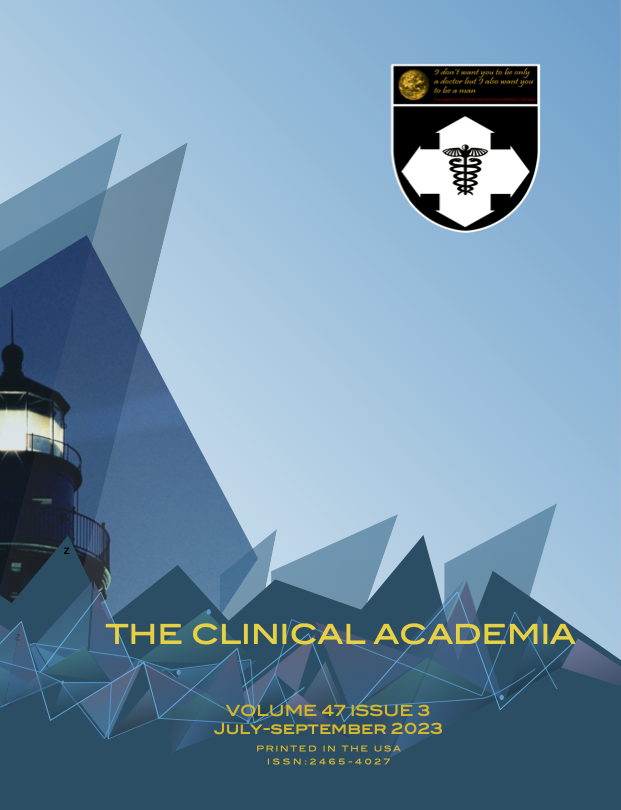Evaluating factor associated with severe and uncontrolled asthma in childhood asthma in the lower northern Thailand
Abstract
OBJECTIVE
Accepted: Aug 2023 Latest revision: Sep 2023 Printed: Sep 2023
Correspondence to: Suwannee Uthaisangsook suwannee_u@yahoo.com
To identify factors associated with severe and uncontrolled asthma in childhood asthma in Phitsanulok, Thailand
METHODS
A cross-sectional study was undertaken involving 264 children with asthma, ranging in age from 1 to 18 years. These participants were selected from pediatric clinics in three hospitals located in the lower northern Thailand. The primary objective was to assess these children for any allergies associated with asthma and to inquire about asthma-related symptoms using a questionnaire adapted from a validated Thai version of the ISAAC questionnaire. Furthermore, the study involved supplementary inquiries about food allergies, and risk factors, followed by the administration of a skin prick test to evaluate factors potentially associated with severe and uncontrolled asthma.
RESULTS
Among asthmatics, 76.2% experienced the onset of symptoms before the age of 4. Within 12 months, the occurrence of nocturnal wheeze, night cough, severe wheeze and exercise-induced wheeze was 69.8%, 67.6%, 30.1%, and 50% respectively. Emergency room visits and hospitalizations due to asthma exacerbation were 80.5% and 66% of the subjects. From the binary logistic regression, factors found to be associated with the higher rates of severe asthma were history of antibiotic use >1 per year (AOR, 2.074; 95% CI, 1.002 to 4.294) and history of pneumonia (AOR, 2.408; 95% CI, 1.278 to 4.536) while residence surrounded by grass field was found to be associated with the low rate of severe asthma (AOR, 0.341; 95% CI, 0.151 to 0.769). Furthermore, we also found that history of pneumonia was the only factor associated with the higher rate of emergency room visit (AOR, 4.267; 95% CI, 1.892 to 9.623) and hospitalization (AOR, 4.707; 95% CI, 2.417 to 9.168).
CONCLUSION
We found that factors linked to elevated rates of severe asthma, including a history of antibiotic use exceeding one per year and a history of pneumonia. Conversely, residing in an area surrounded by grass fields was associated with a lower rate of severe asthma. Additionally, our findings indicate that a history of pneumonia was the sole factor correlated with increased rates of emergency room visits and hospitalizations.
Corresponding author: Suwannee Uthaisangsook, MD. E-mail: suwannee_u@yahoo.com



